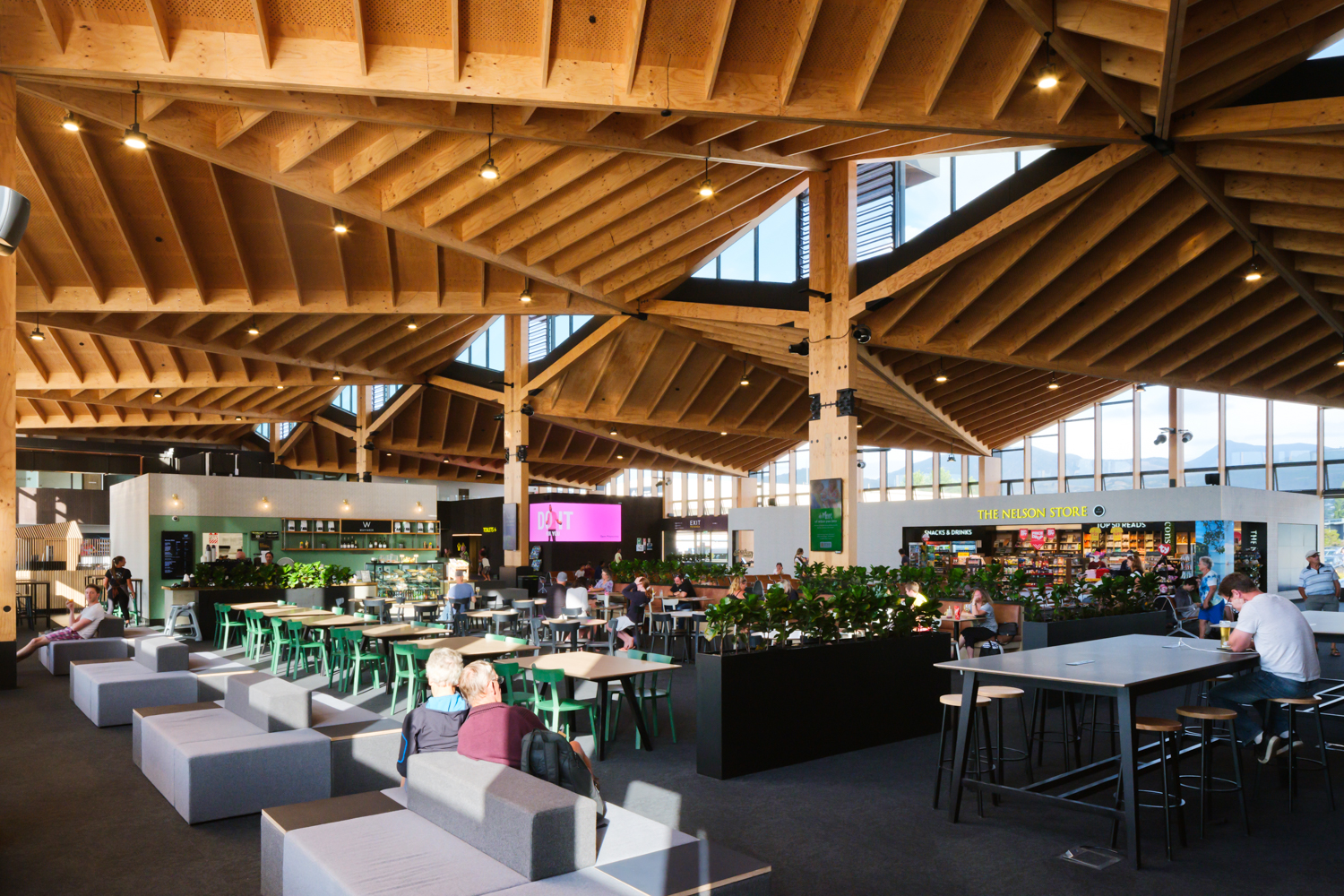04 Nov 2024
Sustainable design in airport terminals is becoming more of a priority as the aviation industry works to shrink its environmental footprint.
A key approach in sustainable design is using environmentally friendly building materials. Mass timber is a popular choice because it’s renewable and helps reduce carbon emissions compared to traditional structural materials like concrete and steel. Using locally sourced materials can also make a big difference by cutting down on the embodied emissions associated with transporting them over long distances.
The Future of Sustainable Design in Airport Terminals
A key approach in sustainable design is using environmentally friendly building materials. Mass timber is a popular choice because it’s renewable and helps reduce carbon emissions compared to traditional structural materials like concrete and steel. Using locally sourced materials can also make a big difference by cutting down on the embodied emissions associated with transporting them over long distances.
Optimising Energy Use with Natural Ventilation in Terminals
Natural ventilation is too a smart design choice. By incorporating systems that allow fresh air to circulate without relying too heavily on air conditioning or heating, terminals can cut down on energy use while keeping the space comfortable. This can be achieved with features like strategically placed windows, skylights, and vents, which let the air flow through the building naturally.
Energy Efficiency and Water Conservation in Modern Terminals
Utilising daylight is also a win for sustainability. Large windows, skylights, and reflective surfaces can be used to maximise the amount of natural light in the terminal, reducing the need for artificial lighting during the day. Not only does this save energy, but it also creates a more pleasant atmosphere for passengers.
Water conservation is another area where airport terminals can make a difference. Some sustainable designs include rainwater harvesting systems to collect and reuse water for non-drinking purposes, like flushing toilets or irrigating plants. Low-flow fixtures and greywater recycling systems also help minimise water consumption.
Studio Pacific’s Sustainable Approach at Nelson Airport
Energy efficiency is a major focus for many airports as they aim to reduce their carbon emissions. While not all terminals incorporate renewable energy sources, features like energy-efficient systems, smart technology, and passive design elements help to optimise energy use. These technologies can automatically adjust heating, cooling, and lighting based on real-time occupancy, reducing waste and improving overall efficiency.
At Studio Pacific, our design of the Nelson Airport Terminal used numerous of the strategies outlined above. One of the largest sustainability moves was the use of mass timber. Sourced locally, the 610m3 of radiata pine in the buildings structure is estimated to be storing more than 600 tonnes of carbon – equivalent to 37,497 kilometres travelled by a full ATR 72. This amount of timber will only take approximately 3 hours to regenerate. Alongside this, passive design strategies of natural ventilation and daylighting are incorporated to reduce energy consumption. We are continuing to apply these learnings to our other aviation projects.
The Upcoming Palmerston North Airport Terminal
In addition, we are currently working on Palmerston North Airport, set for completion in 2026. This project incorporates a range of sustainable design features ensuring resilience, adaptability, and an improved passenger experience. The building is designed with a hybrid mass timber and steel structure, balancing low-carbon natural materials with structural strength. This enhances both the durability and long-term functionality, with an emphasis on operational and seismic resilience. A double-height central portion floods the interior with natural light, reducing energy consumption and enriching the passenger experience, while a full-length airside corridor provides weather protection, ensuring comfort for passengers as they board and disembark.

Sourced locally, the 610m3 of radiata pine in Nelson Airport's terminal structure is estimated to be storing more than 600 tonnes of carbon.

Nelson Airport Terminal

Palmerston North Airport